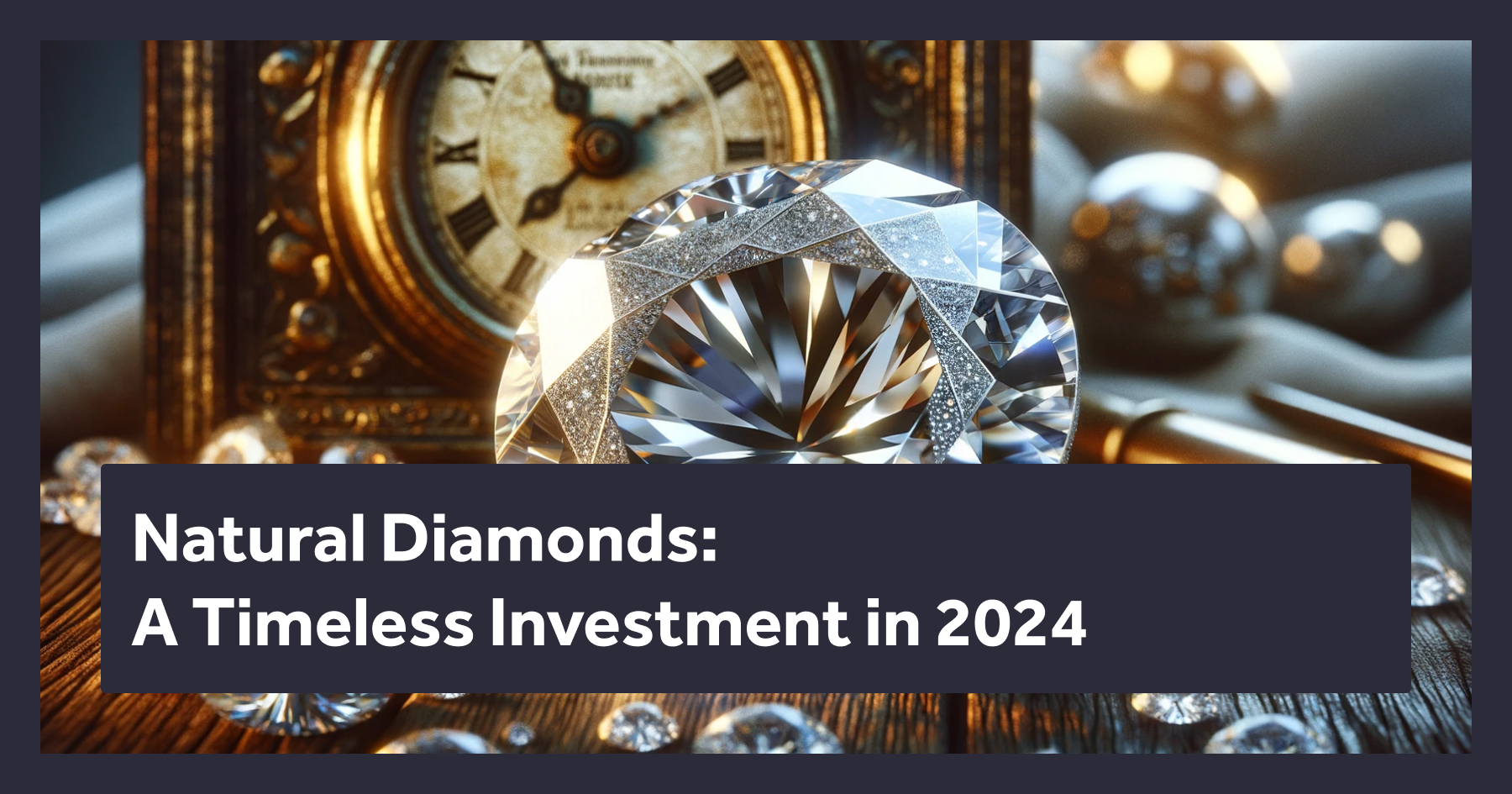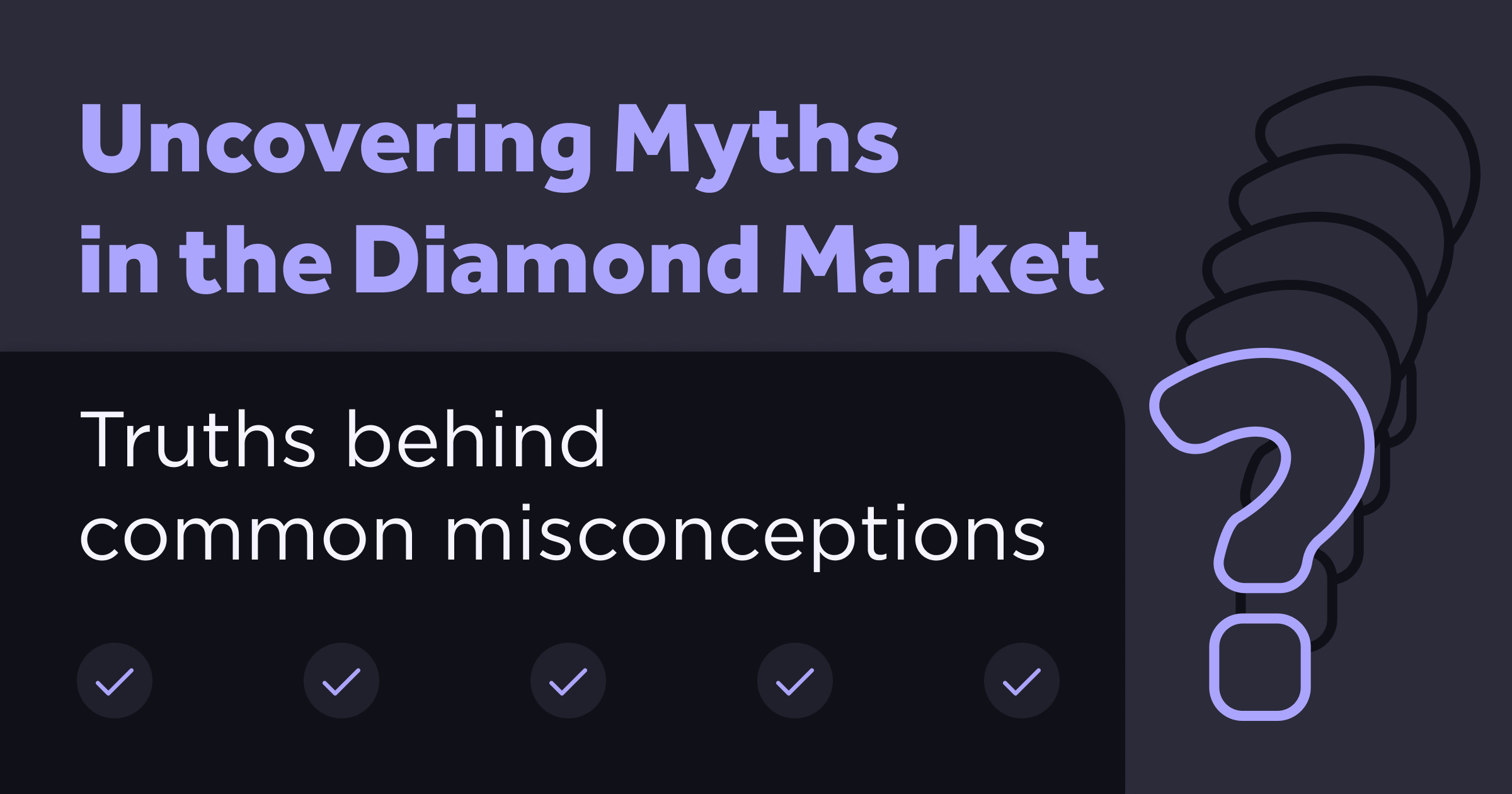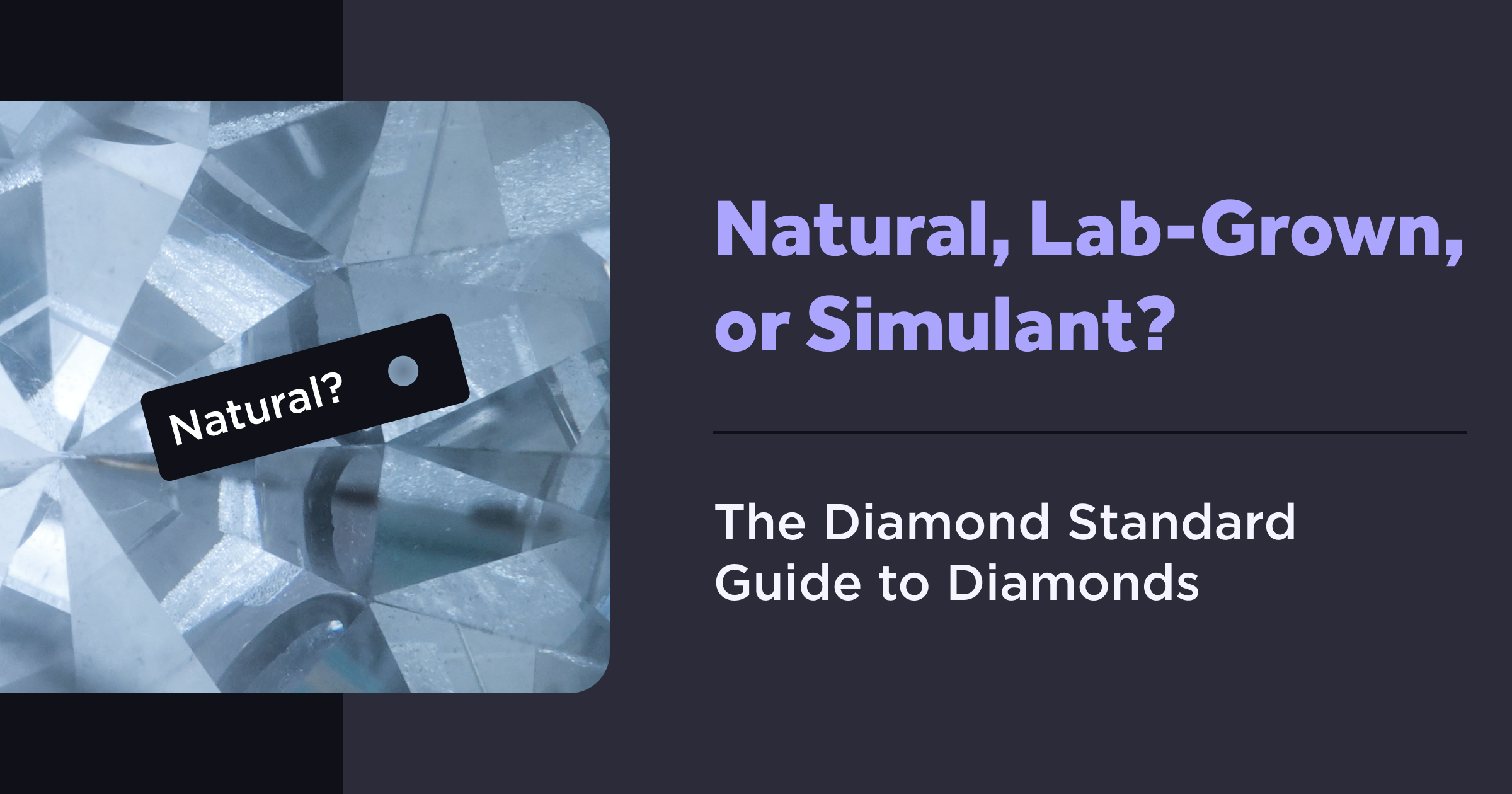This Article Explores
In a previous post on The Cut, we shared how we buy quality natural diamonds via a transparent bidding system on the Diamond Standard Exchange (DSE). Every diamond we buy is ethically sourced by established vendors that adhere to all guidelines of the Kimberley Process as a means of boycotting conflict diamonds.
The bulk of our stone purchases are graded by the GIA (Gemological Institute of America) and include a certificate. Our partner IGI (International Gemological Institute) carefully inspects each stone we receive and creates new certificates for those diamonds not previously graded by the GIA. Both GIA and IGI are objective third parties and provide our investors with the highest levels of confidence to purchase Diamond Standard Coins.
The bulk of our stone purchases are graded by the GIA (Gemological Institute of America) and include a certificate. Our partner IGI (International Gemological Institute) carefully inspects each stone we receive and creates new certificates for those diamonds not previously graded by the GIA. Both GIA and IGI are objective third parties and provide our investors with the highest levels of confidence to purchase Diamond Standard Coins.
For our Coins, we established strict criteria that ensures our commodity asset is fungible forever. And as you might expect, we do so using the famous 4Cs method created by the GIA for assessing the value of diamonds. The 4Cs make up a grading system that determines the quality and price of a diamond.
COLOR SCALE:
The Diamond Color Scale identifies stones with a lack of color. Color spans 23 letter grades from D to Z and measures colorlessness under precise lighting conditions.
The DSE focuses only on the 9 ‘best’ letters (D to L) on the scale. This includes Colorless (D to F) and Near Colorless (G to J) diamonds. Diamond Standard Coins do not include Very Light (N to R) or Light (S to Z) stones.

CLARITY SCALE:
The Diamond Clarity Scale grades stones for an absence of inclusions and blemishes. Internal imperfections are described as ‘inclusions’ while external flaws are called ‘blemishes.’ Clarity has 6 different categories with several categories further divided to create 11 specific grades.
The DSE buys diamonds that are Flawless and Internally Flawless and the best of the slightly included stones. We do not buy ‘included’ diamonds that have greatly diminished value.

CUT SCALE:
The Diamond Cut Scale assesses stones for the quality of facet proportions and appearance. In other words, does the diamond transmit light brilliantly and does it sparkle intensely. Cut has 5 different grades: Excellent, Very Good, Good, Fair, and Poor. The DSE only buys diamonds that are Excellent and Very Good. Within each Diamond Standard Coin, we use stones that are fashioned and polished with gemological artistry. We do not buy Good, Fair, or Poor stones.

CARAT WEIGHT:
The Diamond Carat Weight describes stones with a precisely defined weight to the hundredth decimal place. Each carat equals 200 milligrams and each carat is made of 100 ‘points.’ With the other 3 scales being equal, diamond price increases with carat weight as larger diamonds are rarer along the ‘yield curve of the earth.’
For our Diamond Standard Coin, the DSE buys diamonds with a Carat Weight of 0.18 to 0.75. In the months ahead, Diamond Standard will share exciting news on commodity products that use stones with larger Carat Weights.

The 4Cs combined contribute to the beauty, rarity, and overall value of the diamond which will grow over time.
About GIA:
An independent nonprofit organization, GIA (Gemological Institute of America), established in 1931, is recognized as the world’s foremost authority in gemology. GIA invented the famous 4Cs of Color, Clarity, Cut and Carat Weight and, in 1953, created the International Diamond Grading System™ which is recognized around the world as the standard for diamond quality. Through research, education, gemological laboratory services and instrument development, the Institute is dedicated to ensuring the public trust in gems and jewelry by upholding the highest standards of integrity, academics, science and professionalism.
About IGI:
The IGI (International Gemological Institute) has 20 laboratories in all major diamond and jewelry centers around the world, as well as 14 education facilities. For 45 years, IGI has provided the fine jewelry community and consumers with a broad range of services including independent diamond grading reports, colored stone reports, identification and appraisal reports, diamond authentication and attestation of origin, laser inscription services, as well as the issuing of the traditional jewelry identification report. Regardless of location or marketplace, an authentic IGI Laboratory Report is the common language of trust and confidence in the gemological world.
More Industry Insights




